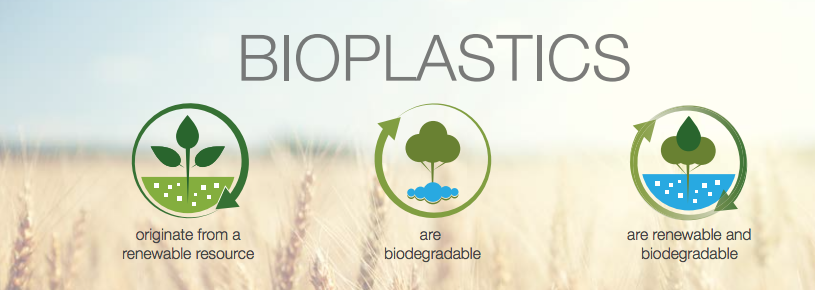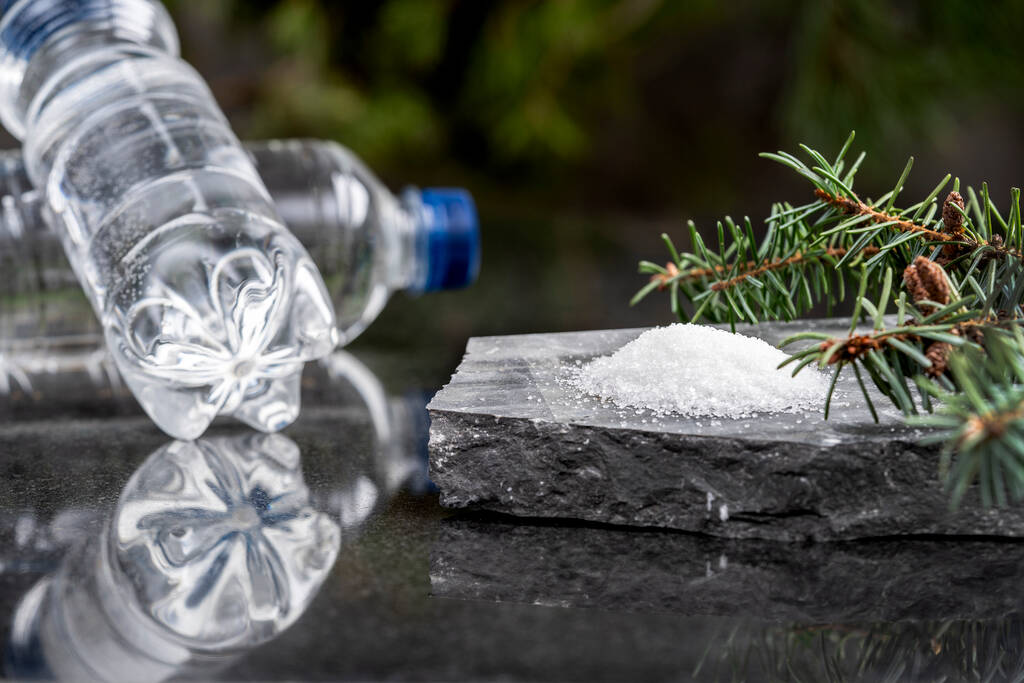One of the topics still under debate especially in Europe is how to clearly define bioplastics. New feedstock source and processes for making plastics are also blurring the lines such as making polymers from greenhouse gases (CO, CO2, methane) via traditional chemical processes or bioprocesses with methane-based PLA or PHA as an example.
SPI: The Plastics Industry Trade Association’s SPI Bioplastics Division released a new report that explains bioplastics in simple terms so that people can understand their benefits. The SPI Bioplastics Division defines “bioplastics” as “partially or fully biobased and/or biodegradable.”
“We wanted to simply explain bioplastics and showcase how bioplastics support the plastic industry’s focus and commitment to reduce waste and create products that are sustainable,” said Patrick Krieger, assistant director of regulatory & technical affairs at SPI. “With our members and consumers in mind, we wanted to clarify how these innovative materials are composed, and highlight their benefits to the environment.”
The report also helps educate consumers on the meaning behind company-specific claims that their products include biobased content, or are biodegradable. Under U.S. Federal Trade Commission’s Guides for the Use of Environmental Marketing Claims, companies that make these claims must ensure they have competent and reliable scientific evidence for the origin or degradability claims for their products.
This does not address the aforementioned next generation bioplastics (whether biodegradable or biobased or both) but as one of the speakers noted at the recent Nova Institut conference last week in Germany, defining bioplastics is a step-by-step process, and it takes time to understand these new materials.
Now, maybe soon they can also include the definition of mass balanced-based plastic. If you have 1% renewable content in a plastic, would you still consider this as bioplastic?




